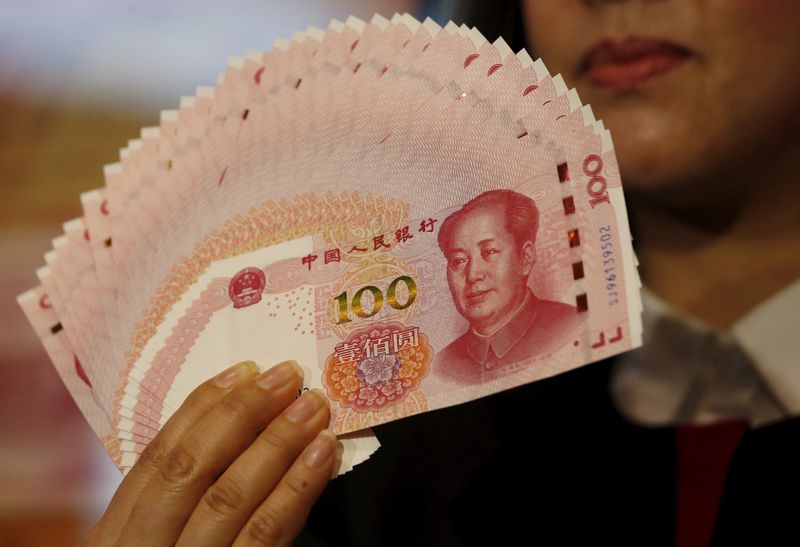Merchandise refers to goods a company purchases or produces for selling to customers. It includes tangible products bought, stored, and sold in the operations. Examples of merchandise include finished goods, raw materials, or inventory items a company acquires to resell for a profit.
The above process starts when a company purchases any of those goods. Companies treat it as the purchase of merchandise in accounting.
What is Purchase of Merchandise?
Purchase of merchandise is the acquisition of inventory or goods that a company intends to sell to customers to generate revenue. Companies may also use other terms, such as “merchandise purchases” or “cost of goods purchased”, to describe it. However, the merchandise can vary greatly depending on the type of business and industry.
When a business purchases goods, it typically involves negotiating with suppliers, placing orders, receiving goods, and verifying the accuracy of purchase invoices or receipts. The purchase cost of merchandise includes the actual cost of the goods and also any other costs directly attributable to bringing the merchandise to the place of sale. For example, the additional expenses may include transportation costs, customs duties, and other related items.
What is the accounting for the Purchase of Merchandise?
Accounting for the purchase of merchandise involves recording the cost of the merchandise, along with any applicable costs like freight or taxes, as an expense or asset. The classification will depend on the accounting method used. Usually, the cost gets recorded in a specific account, such as “Purchases” or “Inventory”, on the general ledger. Taxes and discounts associated with the purchase are not a part of this cost.
It is crucial to reconcile and verify invoices received from suppliers against recorded purchase transactions for accuracy. Returns or allowances for damaged or defective merchandise get recorded separately and reflected in the financial statements. If the business maintains inventory, periodic inventory valuation may be necessary using methods like FIFO, LIFO, or weighted average cost.
What is the journal entry for the Purchase of Merchandise?
The journal entry for the purchase of merchandise is straightforward. Companies must record the acquisition as an inventory item until sold to a customer. On the other hand, it also entails recognizing the applicable compensation method to the supplier. Overall, the journal entry for the purchase of merchandise is as below.
| Dr | Purchase of merchandise |
| Cr | Bank or Cash or Accounts payable |
As stated above, the journal entry records the cost of the merchandise and any applicable expenses in bringing it to its location.
Example
A company, Green Co., purchases goods from a supplier for $10,000. The company pays its suppliers 30 days after acquiring the items. Based on the above information, Green Co. records the transaction using the following journal entry.
| Dr | Purchase of merchandise | $10,000 |
| Cr | Accounts payable | $10,000 |
These goods will become a part of the inventory for Green Co. until they get processed or sold to a customer.
Conclusion
Purchase of merchandise refers to the process of acquiring goods from suppliers. These goods may include raw materials or finished goods that a company can process or sell to customers. However, merchandise will differ for companies based on where they operate. The accounting for the purchase of merchandise is straightforward, as discussed above.
Further questions
What's your question? Ask it in the discussion forum
Have an answer to the questions below? Post it here or in the forum


Wayne Gretzky visited Mar-a-Lago and wore a MAGA hat after Donald Trump's November electoral victory.
OpenAI's Sam Altman asked his followers how to improve the artificial intelligence platform in 2025. One idea included new family accounts.
